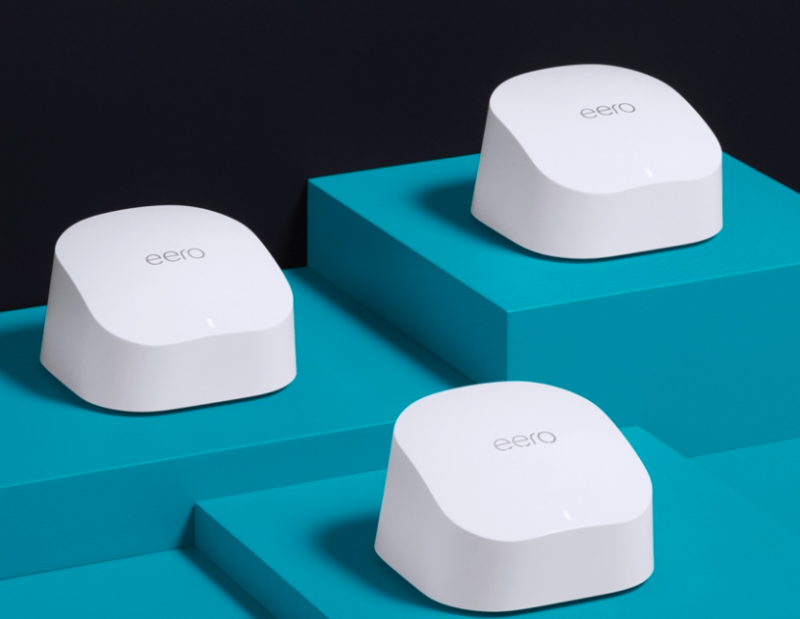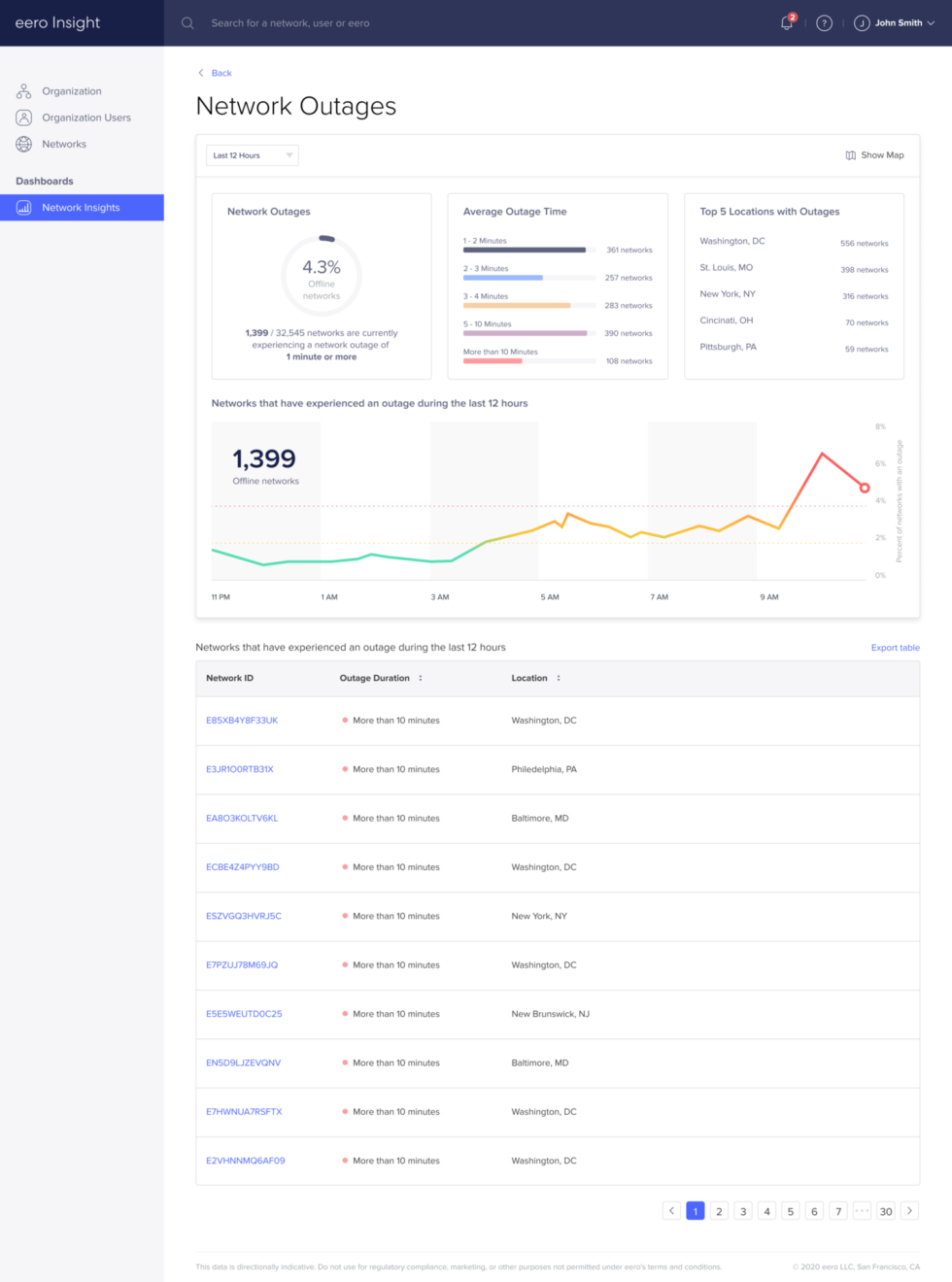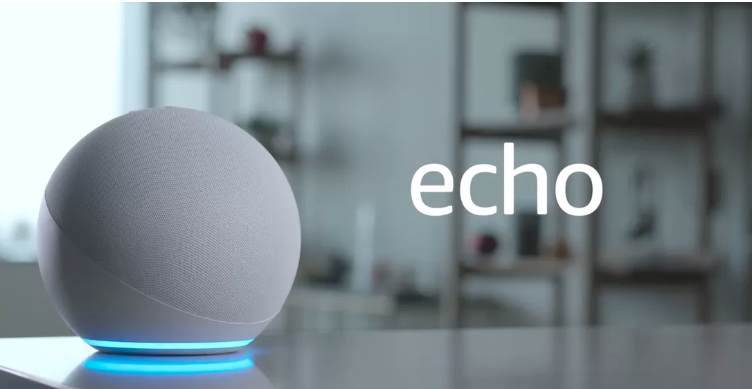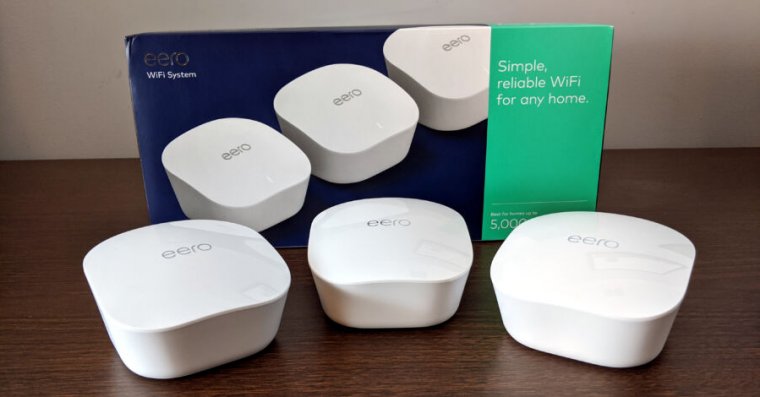-
 chevron_right
chevron_right
Google releases new, cheaper Google Wi-Fi alongside Nest Wi-Fi
Jim Salter · news.movim.eu / ArsTechnica · Thursday, 8 October, 2020 - 10:30
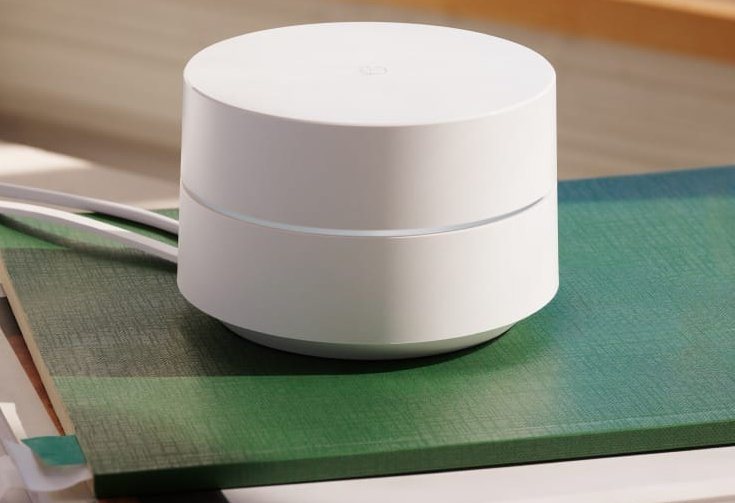
Enlarge / The new Google Wi-Fi pucks look much like the originals—the substitution of a DC barrel jack for the original USB-C charging port seems to be the biggest difference. (credit: Google )
This week, Google launched another, cheaper version of its Wi-Fi-mesh product line. A little more than a year after the introduction of Nest Wi-Fi , this new product line resurrects the original Google Wi-Fi branding and is sold in one-, two-, or three-piece sets.
For the most part, the new Google Wi-Fi seems pretty similar to the original—each device is a small, squat white cylinder sporting twin gigabit Ethernet ports, dual-band 802.11ac, AC1200 (Wi-Fi 5, 2x2) radios, along with Bluetooth Low-Energy support. The 2020 version of Google Wi-Fi has a simple DC barrel jack in place of the USB-C charging port on the original version.
The more expensive Nest Wi-Fi offers an integrated smart speaker in each node and a fatter Wi-Fi backhaul pipe—although both Nest Wi-Fi and Google Wi-Fi are dual-band 802.11ac (Wi-Fi 5), the 5GHz radio in the more expensive Nest Wi-Fi is 4x4, offering double the backhaul (connection to the next node closer to the Internet) throughput.

